Today, rather than a reflection, Fr Paul shares a narrative about the history and significance of the Holy Thursday ceremony to be celebrated tonight and he invites us all to come along to experience the ceremony he describes.
Fr Paul says the Holy Thursday ceremony is the first of ceremony of the Easter Triduum. It takes place on the Thursday before Easter. This ceremony commemorates the Lord’s institution of the Eucharist (The Last Supper). This ceremony was already celebrated by the 4th Century as it is mentioned in the Council of Hippo (393AD).
The traditional name for Holy Thursday is Maundy Thursday. This name comes from the first antiphon of the ceremony of the washing of the feet. Since 1955 this ceremony has been celebrated in the evening when as many of the community can come. White vestments are worn. The Tabernacle is empty before the start of the mass because all who receive communion receive hosts consecrated at this mass. The bells are rung during the Gloria and then remain silent until Easter.
The Holy Thursday ceremony has a number of parts that make it different from a normal mass. These are:
Washing of the Feet
In this part of the ceremony, which began to be celebrated around 694, 12 people come forward after the homily and have their feet washed. The washing of feet follows Christ’s example from the Gospel. It ritualises the Christian ideal of a leadership of service; service which Christ expresses fully by laying down his life on the cross.
Transfer of the Holy Eucharist
At the end of this mass the Blessed Sacrament is taken in a procession to another altar called ‘The Altar of Repose’, which is first mentioned in history in the 15th Century. The Blessed Sacrament will be used for communion on Good Friday when no mass is celebrated. In many places the people stay after the ceremony and keep watch by taking turns praying before the Blessed Sacrament.
Fr Paul adds that it is also interesting to note, beginning with Holy Thursday, the Good Friday ceremony and Saturday’s Easter Vigil are, in fact, one ceremony combined so to take part in all three you would be most welcome.

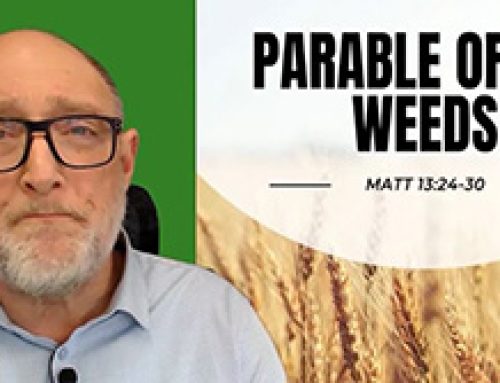
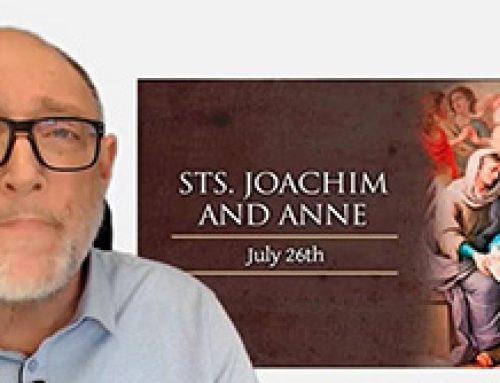
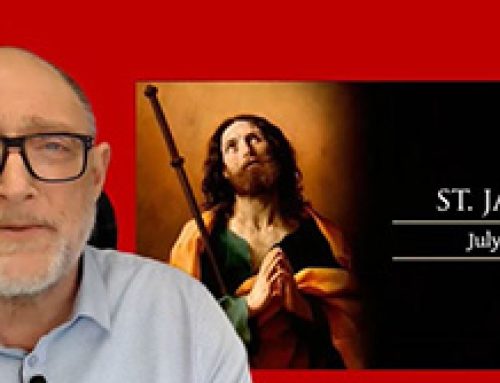
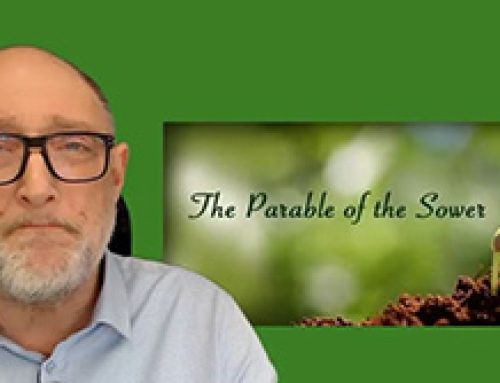
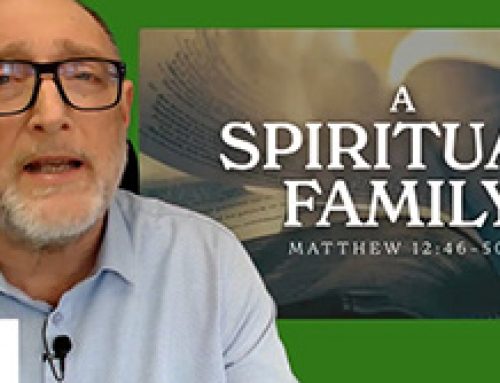
Leave A Comment